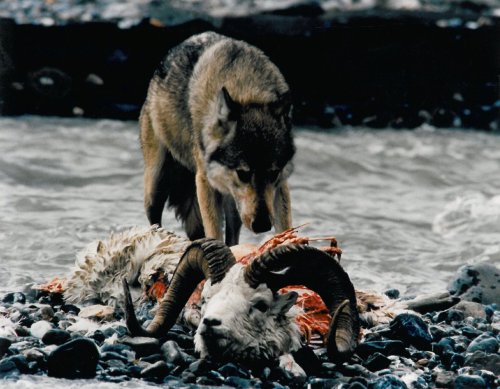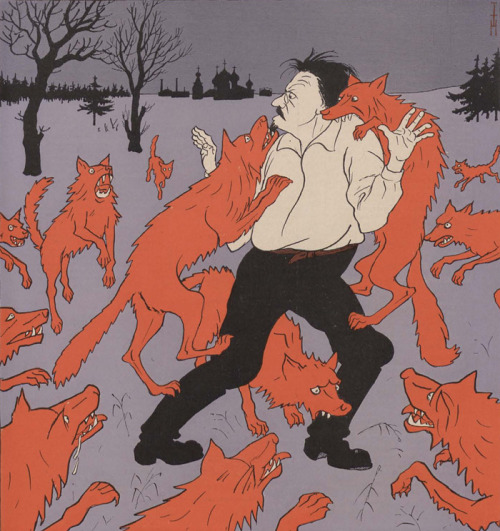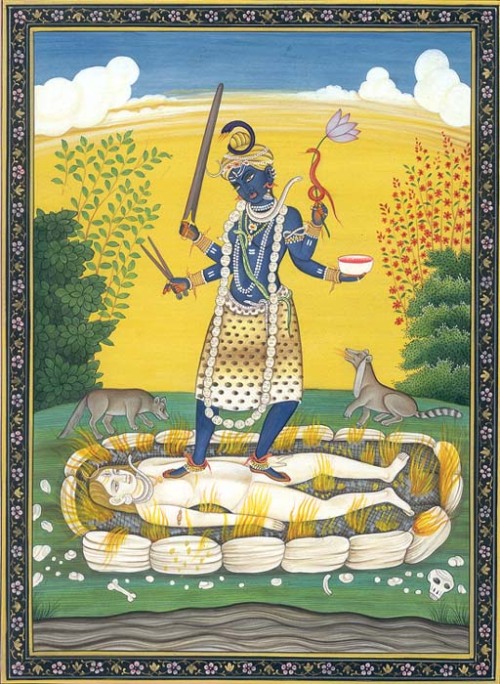Nekusties
Posted on 2012.01.10 at 14:44Doom: Rāpuli
Mūza: Senmuth

Kādas
tev vispār
ir tiesības kaut
ko pieprasīt
??
ja tu
nemaz nevēlies
no dzīves neko vairāk
kā tikai pabarot dzīvnieku sevī
| Februāris 2012 | 01 | 02 | 03 | 04 | 05 | 06 | 07 | 08 | 09 | 10 | 11 | 12 | 13 | 14 | 15 | 16 | 17 | 18 | 19 | 20 | 21 | 22 | 23 | 24 | 25 | 26 | 27 | 28 | 29 |
Virs zemes, debesīs un internetā

The story unfolds during the week prior to the arrival of aliens on the Earth. An arrival announced by the world’s governments. Late fringe news which doesn’t interest anyone. On arrival the aliens find a nation which is tired and disillusioned, steeped in economic crisis. The reaction caused by the arrival of these extra-terrestrials ranges from racism to bizarre mystic-religious interpretations. This is the setting which hosts the story.






Kali is shown standing on the prone, inert or dead body of Shiva. This may be interpreted in various ways but the most common is that Mahakali represents Shakti, the power of pure creation in the universe, and Shiva represents pure Consciousness which is inert in and of itself. While this is an advanced concept in monistic Shaktism, it also agrees with the Nondual Trika philosophy of Kashmir, popularly known as Kashmir Shaivism and associated most famously with Abhinavagupta. There is a colloquial saying that “Shiva without Shakti is Shava” which means that without the power of action (Shakti) that is Mahakali (represented as the short “i” in Devanagari) Shiva (or consciousness itself) is inactive; Shava means corpse in Sanskrit and the play on words is that all Sanskrit consonants are assumed to be followed by a short letter “a” unless otherwise noted. The short letter “i” represents the female power or Shakti that activates Creation. This is often the explanation for why She is standing on Shiva, who is either Her husband and complement in Shaktism or the Supreme Godhead in Shaivism. |